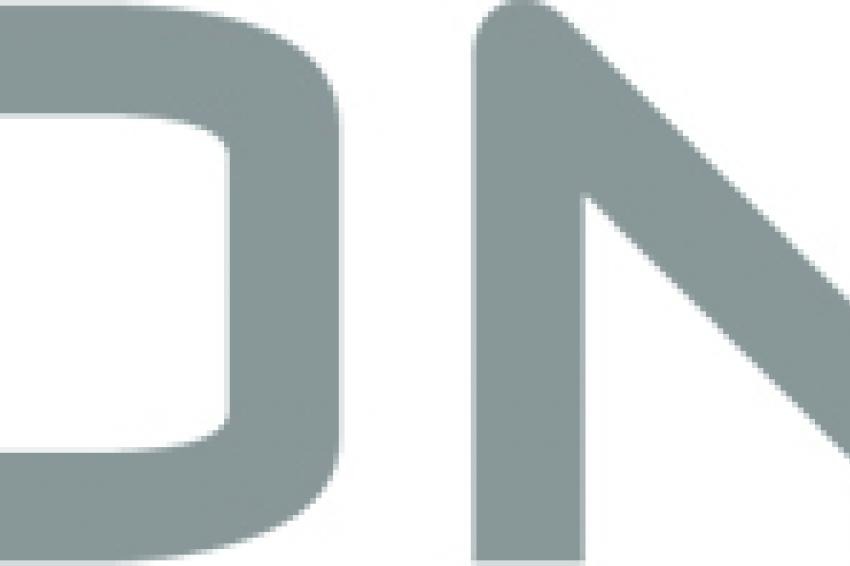Online Seminar (Webinar): Modern chemical engineering modeling
21.04.2011 -
Tap in to the strategies of modern modeling tools in chemical engineering. This webinar gives you hands-on demonstrations of the latest advances in the Chemical Reaction Engineering Module of COMSOL.
Free Webinar Online Registration
While a major focus is on chemical reactors and reacting systems, it is also widely used for systems where mass transport is of major interest. This includes unit operations equipment, separation and mixing processes, corrosion, chromatography, and electrophoresis.
We will walk you through three levels of modeling:
1.) Reaction Kinetic Modeling
Here you investigate variations around a reaction mechanism, with highly controlled conditions, and then enter them into the Module. The simulation is primarily done in order to compare the simulation to experimental data. These conditions describe the model using one independent variable-either time (t) or one space variable (x).
2.) Process Modeling
Here you implement a known or postulated mechanism for a reacting system, defining and modeling it. You can then design and scale a process, or study the influence of various operating conditions on the process-always assuming that variations in composition and temperature only depend on one independent variable. Standard models in this context are batch and semibatch reactors, continuous stirred tanks, and plug flow reactors.
3.) Detailed Process Modeling
In this level you implement a known mechanism for a reacting system, but here the operating conditions allow for variations in composition and temperature in more than one independent variable, that is, in time and space, or in several space variables (x, y, z). Here you can study different ways of mixing a reactor or the influence of diffusion and convection in drug delivery.
Free Webinar Online Registration






